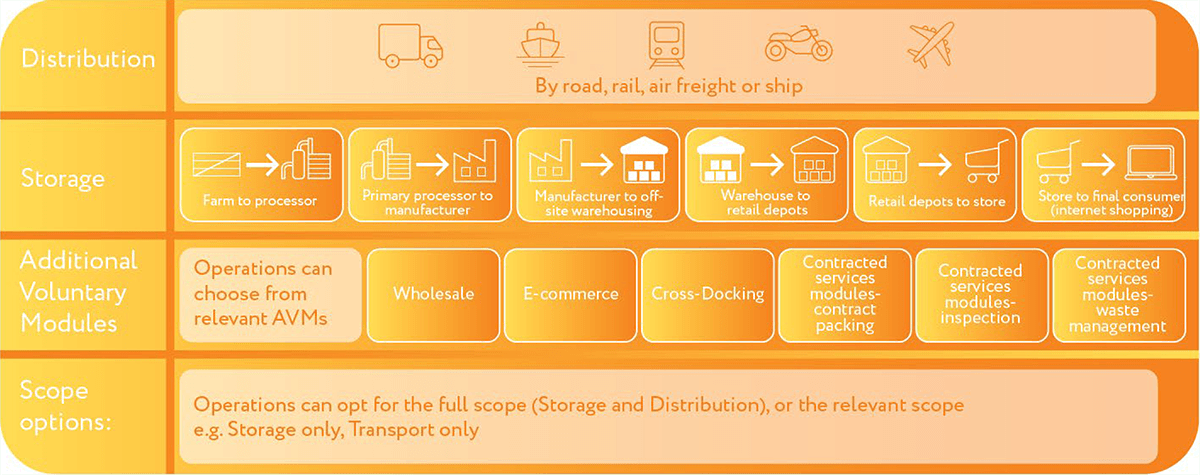Bridging the missing link: Supply chain safety and integrity in the warehousing and logistics sector
Supply chain visibility is critical at a time when supply chains have never been so complex. Global supply chains involve multiple intermediaries pre and post manufacturing where goods and end products are passed between factories, shipping vehicles, pallets, warehouses, and delivery fleets. Their journey is fraught with risk. Logistics is no longer a hidden operational function concerned with simply moving goods from A to B. The growth in e-commerce has led to increased service expectations combined with a greater need for personalised, individual, and bespoke orders.
BRCGS Global Standard Storage and Distribution Issue 4, launched in 2020, reflects best practice and facilitate a process of continual improvement through well-designed risk-based product safety management systems. It ensures the quality and safety of products during their storage and distribution throughout the supply chain.
With support from leading brands, retailers, storage, logistics and online retailers, the standard has seen 16% year on year growth with sites certificated in over 50 countries. The storage and/or distribution operations to which the Standard is applied can be at any point in the distribution chain from primary production to retail.
The Standard is specifically designed for logistics operations dealing with Food, Packaging, and Consumer Products. It is easy to understand, uses prescriptive language, and is applicable for global applications. It is fully flexible as operations can implement the full scope, or a scope relevant to their operation e.g. Storage only, Distribution Only, Transport Only. The storage and/or distribution operations to which the Standard is applied can be at any point in the distribution chain from primary production to retail.
A unique benefit of the Standard is that Operations can choose Additional Modules (AMs) that cover common current industry practices to demonstrate greater supply chain assurance. The AMs cover e-commerce, cross-docking, wholesale, contracted packing, inspection and waste management.




